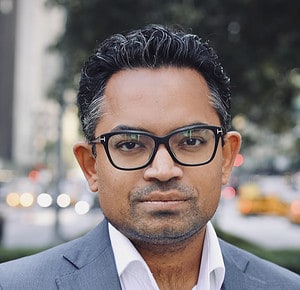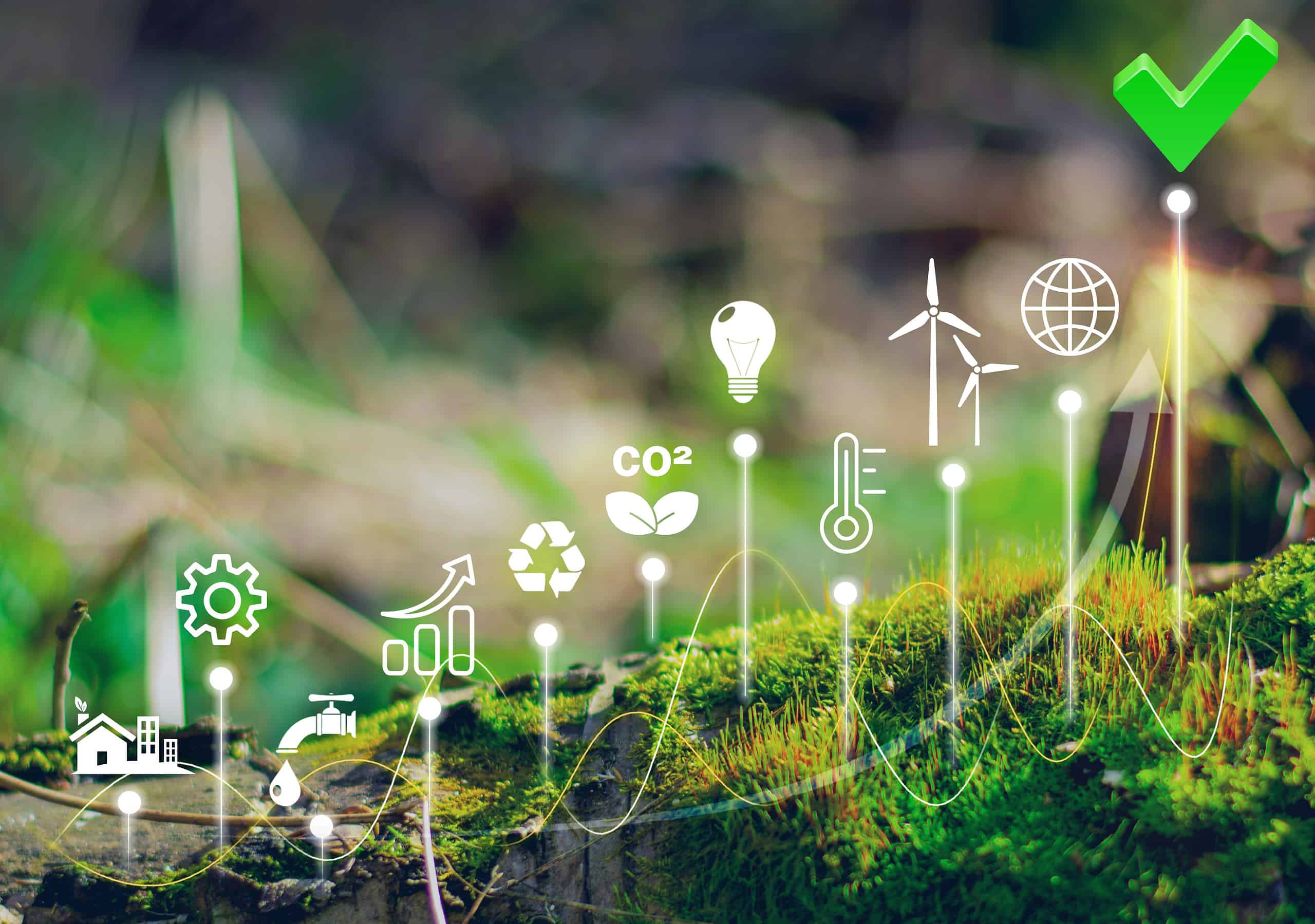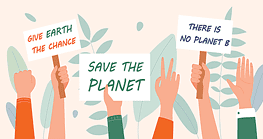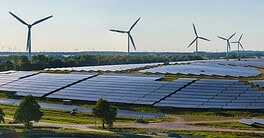The year didn’t begin well for voluntary carbon markets (VCMs). More than 90% of rainforest carbon offset credits approved by the leading certification firm Verra “are likely to be ‘phantom credits’ and do not represent genuine carbon reductions,” the UK’s Guardian reported in January.
Some companies pulled back from purchasing credits—not willing to risk their reputations on fake or, as they are sometimes called, “zombie” projects—such as Dayingjiang-3, a Chinese hydropower dam project operating since 2006. Credits from existing dams don’t help the environment much. Wild swings in carbon credit prices followed the bad news.
In VCMs, a polluter “voluntarily” buys a carbon offset credit for every metric tonne (1.1 US tons) of carbon dioxide (CO2) or other greenhouse gas, it emits. Those funds are then channeled to eco-friendly projects. Theoretically, each carbon offset credit represents the reduction or removal of one ton of CO2 or its equivalent as a result of the recipient project. Unregulated third-party firms like Verra and Gold Standard validate projects.

In September, Reuters reported that several companies, “including food giant Nestle and fashion house Gucci,” had reduced their buying of credits. VCMs “have shrunk for the first time in at least seven years,” it added.
A Serious Problem?
According to Sid Jha, co-founder of climate-data provider dClimate, the carbon market is reaching a critical juncture. “Buyers are increasingly demanding projects of higher quality with tangible and verifiable on-the-ground impact.”
Much of the current VCM infrastructure is “antiquated,” according to Jha. The bona fides of green projects are manually established by inspectors and auditors on the ground. Finding the means and workforce to do this can be challenging.
The recent application of emerging technologies to perform much of the monitoring, reporting, and verification (MRV) for “green” projects hold promise.
“There is a lot of hope that digital monitoring, reporting, and verification (dMRV) will make climate action more cost-effective, knowable, and proven,” says Joseph Pallant, director of Climate Innovation at environmental nonprofit Ecotrust Canada.
Artificial intelligence (AI) can analyze satellite or drone imagery to verify, for example, that a reforestation project has increased tree coverage over time. This automated monitoring replaces human roles while reducing time and costs—by as much as 75% in some estimates.
And dMRV also offers greater potential scope—monitoring projects over larger areas and in harder-to-reach places, such as the Congo Basin. Many believe it can reduce fraudulent activity, too.
When combined with blockchain technology, dMRV can also “create dynamic carbon credit tokens that can be updated with new data in real time,” say dClimate officials.
Jha warns against leaning too heavily on dMRV, however. “Although dMRV technology—leveraging advancements in recent years in geospatial intelligence, satellite technology, and AI—is an essential component, it’s crucial to understand that it’s not the sole solution.”
Other challenges remain like market liquidity, local regulations, carbon measurement standardization and public education.
Imperfect But Indispensable
One thing VCMs have in their favor, though: There aren’t many promising alternatives.
“[VCMs] allocate capital with a laser focus on cost-effective, scientifically proven, standardized emission reductions and removal outcomes wherever they can be best achieved worldwide,” says Ecotrust Canada’s Pallant.
Jha largely agrees: “Carbon markets, while imperfect, are indispensable for channeling essential climate finance towards impactful projects and ecosystem preservation.”
And the stakes are large. In August, Brazil convened its first Amazon summit, a gathering of the eight Amazon Rainforest countries to agree on policies to halt deforestation and stamp out illegal mining. According to BBC reports, the South American governments were counting on carbon markets to play a big part in turning back deforestation in places like Brazil’s Pará State, which has the highest deforestation rate in Brazil.
The Amazon rainforest alone is valued at a minimum of $317 billion annually and harbors 25% of known terrestrial biodiversity, according to estimates by the World Bank.
Jha remains hopeful: “If optimized, these markets can deliver the required capital for transformative climate action.”




